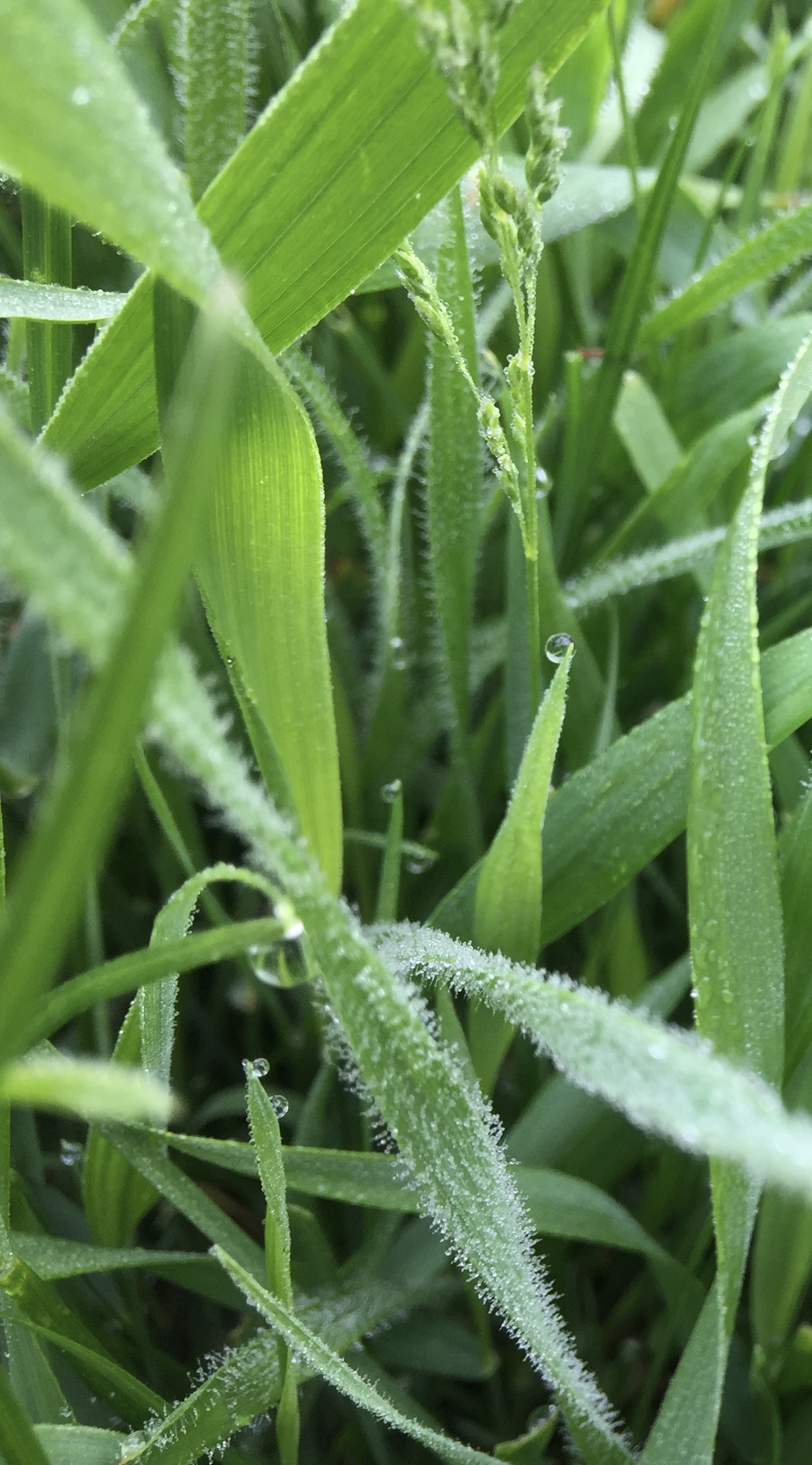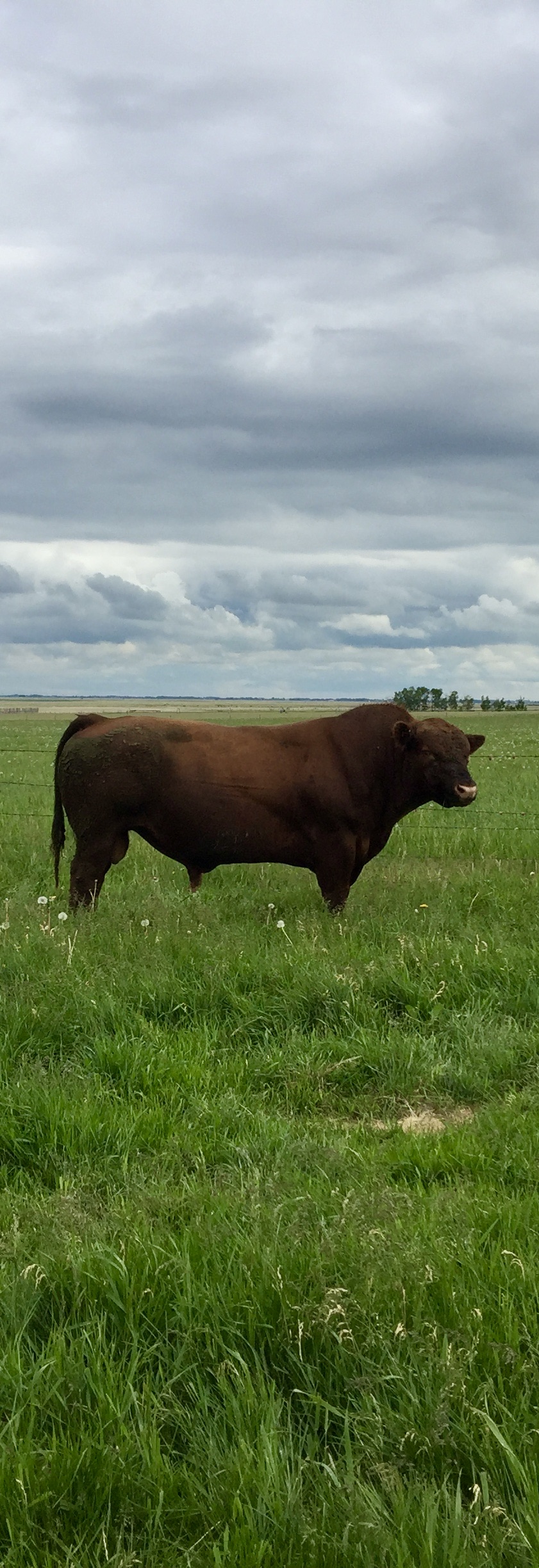
CONSULTING SERVICES
GRAZING MANAGEMENT
Grazing Principles & Practices
Plants need disturbance and rest to be able to grow and increase productivity. It must be in balance, however. Too much disturbance (grazing) will hamper growth and root development, reducing forage yield and making the pasture or range more sensitive to changes in weather conditions. Too much rest will have similar effects, though forage yield isn’t impacted so much as biodiversity and nutrient quality. The more mature the stand, the lower in quality the plants will be. Plants should be green and leafy, not brown, dead and dry.
How much should a person let their animals graze? It depends on how much you want to leave behind. It also depends on how long you would like to allow the pastures (or paddocks) to recover. The number of animals (coupled with their size) available to graze also has an impact; too few and you’re fighting with Time in getting your animals moved around the pasture fast enough before the grass gets too mature. Too many animals and you face limited forage availability plus risk of overgrazing (coming back too soon or insufficient recovery period).
Yet, is there such a thing as “too many animals”? Hoof and grazing impact in the form of high stock densities stimulates plants to produce lots of leaves and roots–provided there’s enough time to recover. There is more even manure distribution and even grazing. Lower stock densities mean animals can be pickier about where and what they eat, and more careful about where they step. Even where they’re most likely going to defecate!
Before the fence posts can be pounded in, water lines laid out and wire strung up, though, some number-crunching has to be done. There’s plenty to know: x number of animals on y number of acres (in yp size of a paddock) for T time (total seasonal grazing period) with tr (length of recovery period per paddock)… based on the forage yield of your pastures (as opposed to local regional stocking rates that may or may not be accurate), the size of your animals, and the utilization rate (or amount of forage to leave behind).
The next step is planning out on paper where paddocks must be according to water sources and smooth movement of animals from Paddock 1 to Paddock 10 or maybe 20, not necessarily in that order. Note certain landmarks on the land such as water bodies (dugouts, creeks, sloughs), bush, hills, ravines, vehicle access points, and the distance animals can travel to get to water and salt/mineral sources before drawing out the fence lines. Note too if there needs to be two or more separate herds, or if animals will disturb nesting birds at certain times, or if animals need to be excluded from wetlands. Make other grazing plans if there’s a chance the first one will fail. It’s far cheaper to make a mistake on paper than in the field.
The ultimate goal is to maximize forage production with optimal grazing practices to be more resilient to severe weather and climate fluctuations and to reduce winter feeding costs. The cheapest means to feed animals is to graze them. A bundle of fence posts is cheaper than a tank of diesel fuel. Finally, context is crucial when figuring out how to manage your pastures, and having a second, third or fourth set of eyes to see what’s going wrong (or right) can help.
How I Can Help You
The first contact is always free. These demo calls—or visits—give me the opportunity to see where things are at and if you’re a good fit for what I am able to help you with. Only after this will a fee be charged. (For the time being, clients outside of Canada will receive my services for free.)
You can get a hold of me in the following ways:
Phone:
+1(780)289-9143
EMAIL:
Be sure to include your email, phone number, name, location, and details of what you wish me to assist you with.

